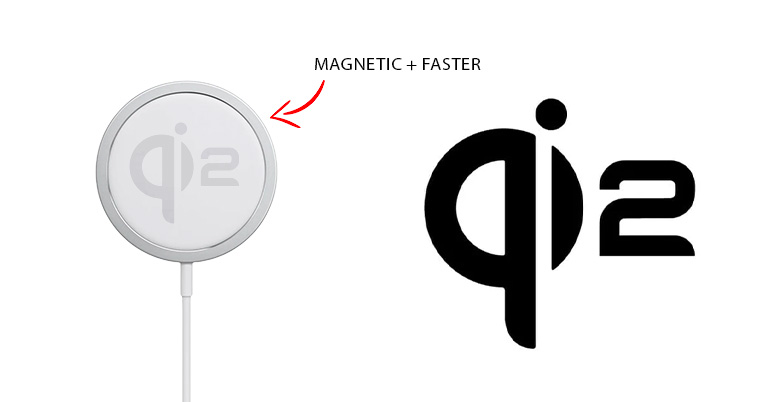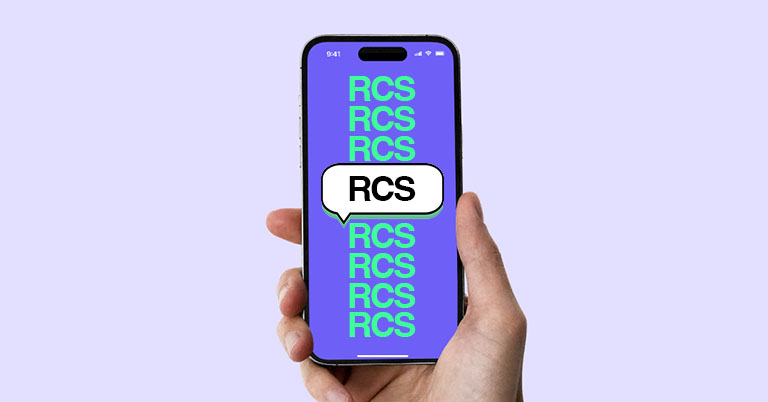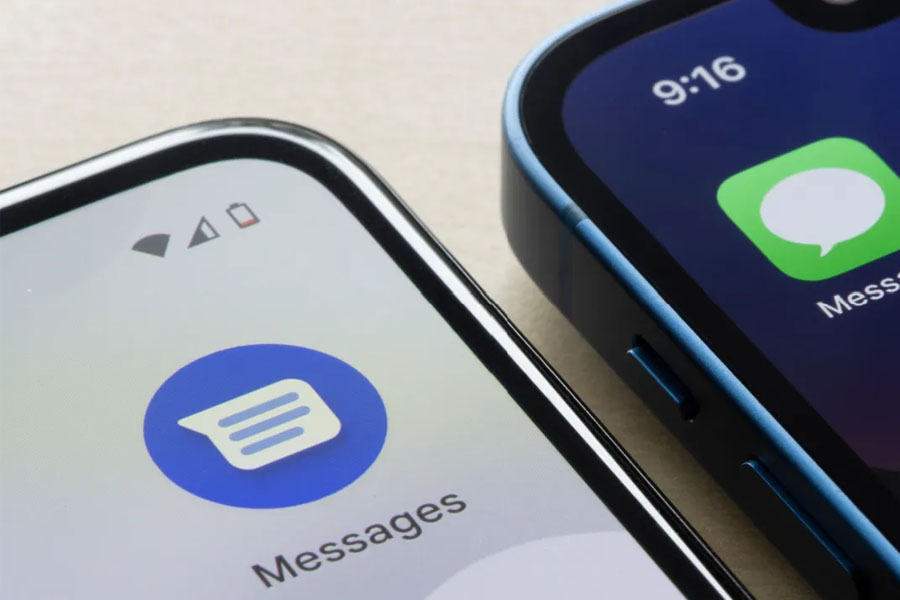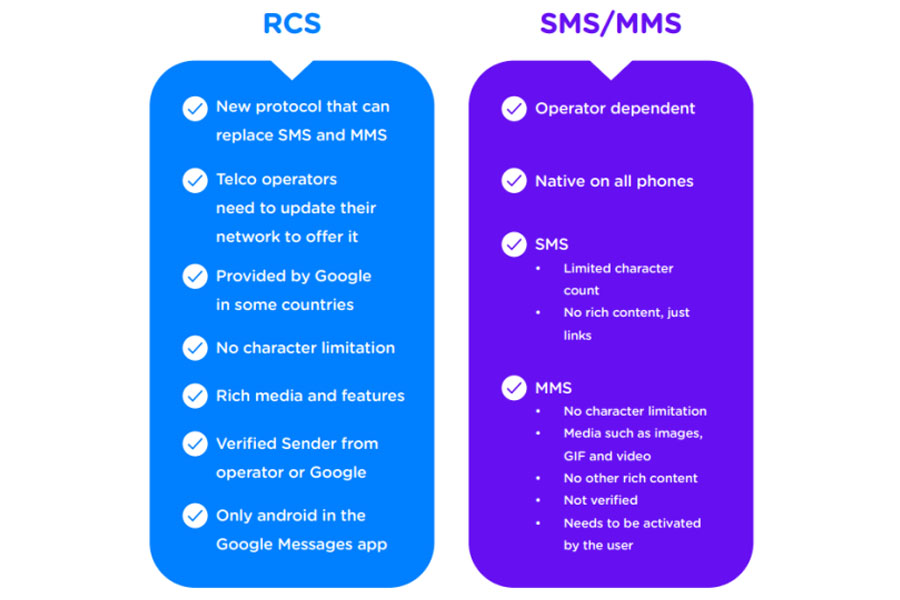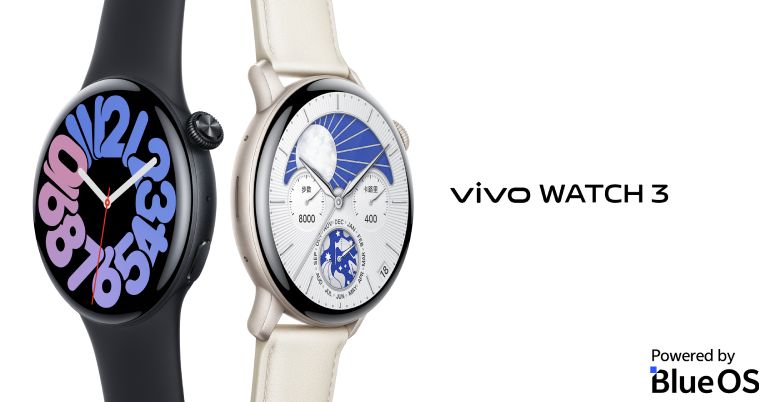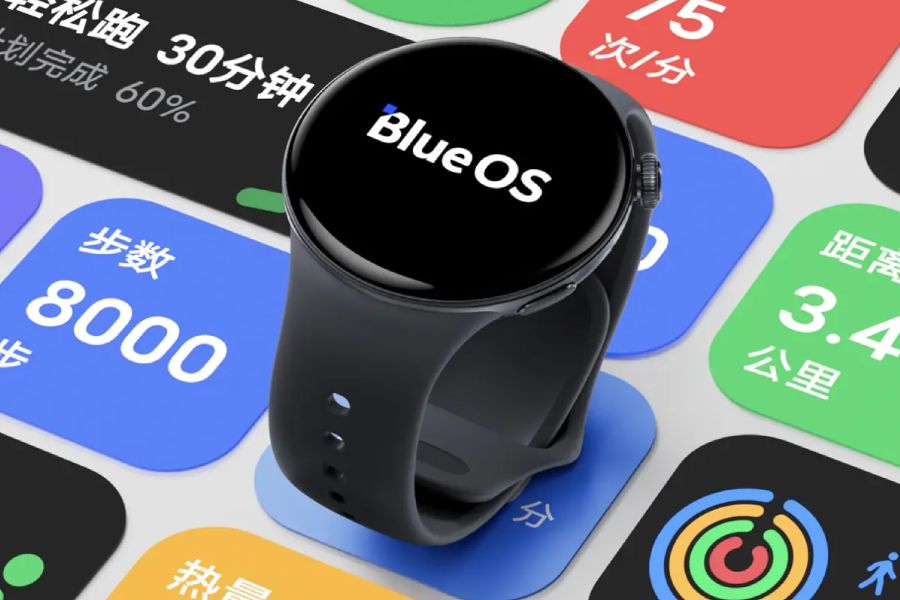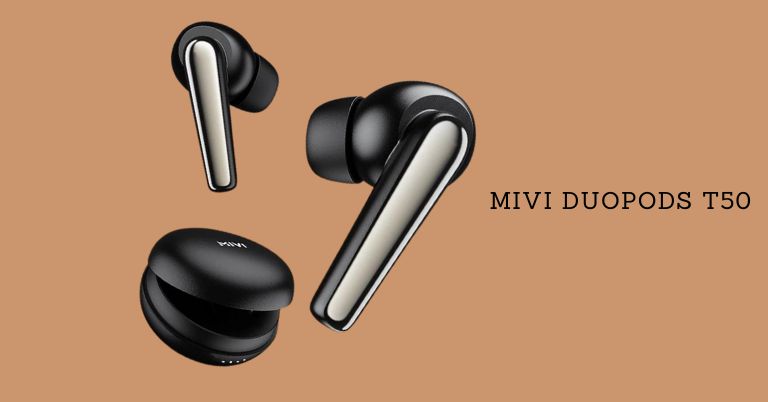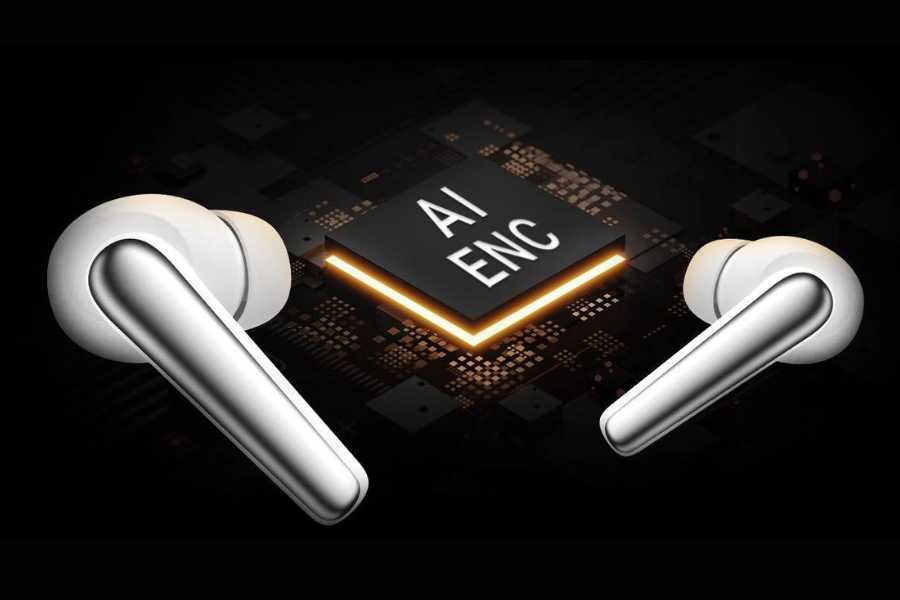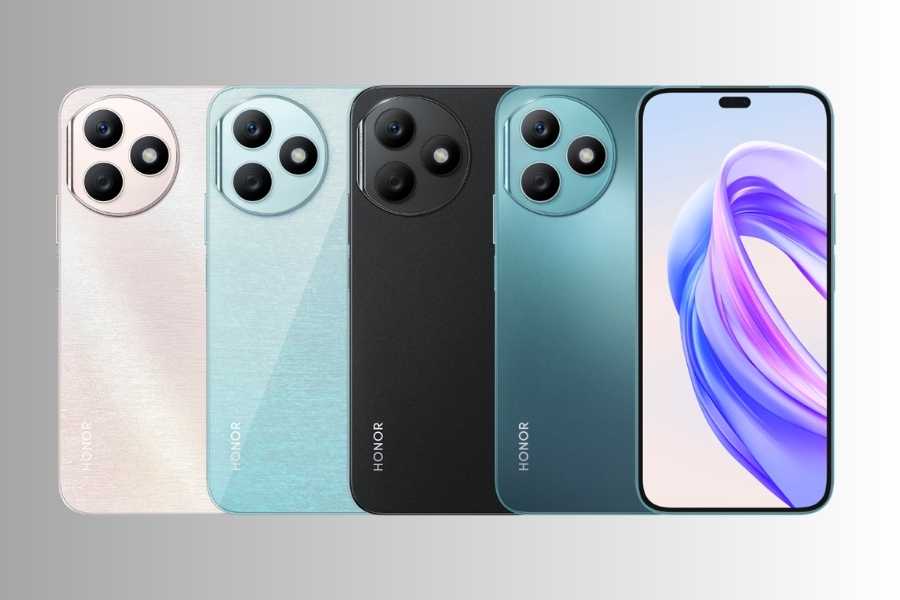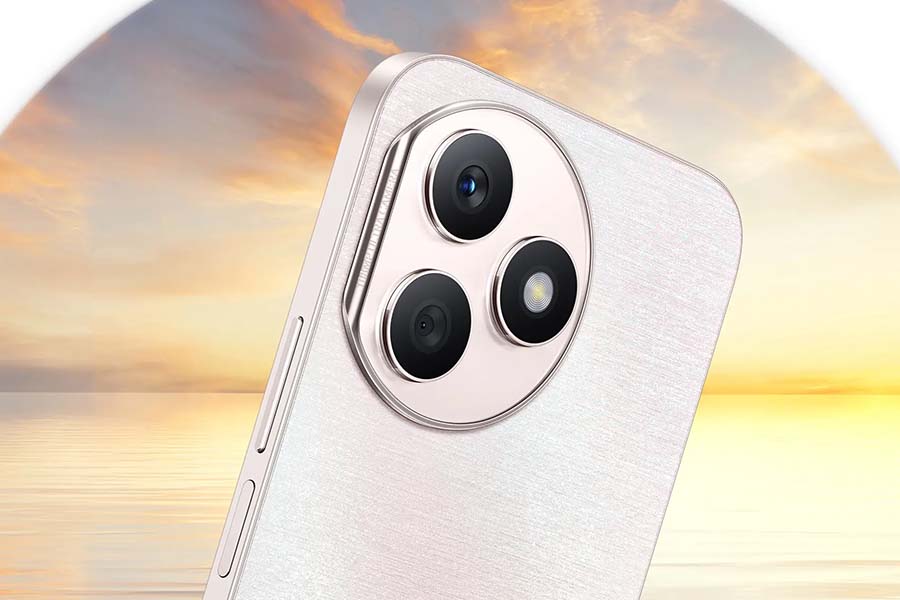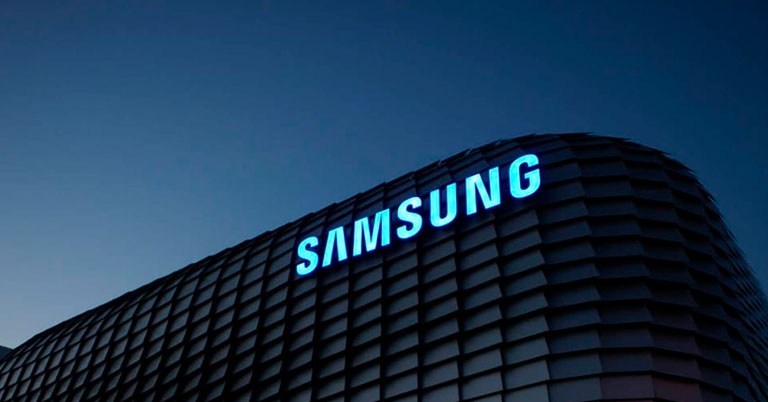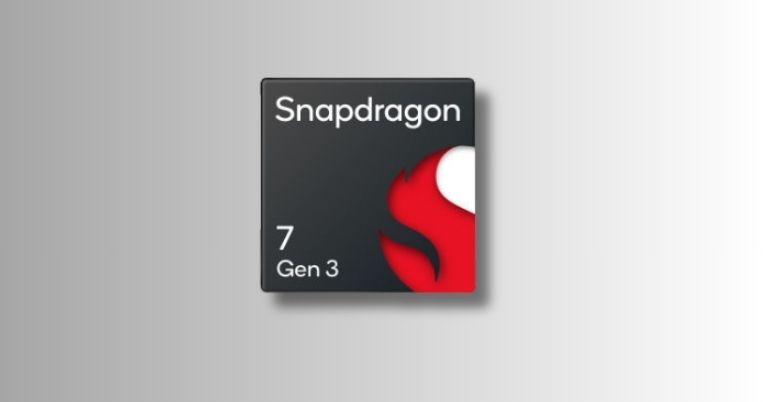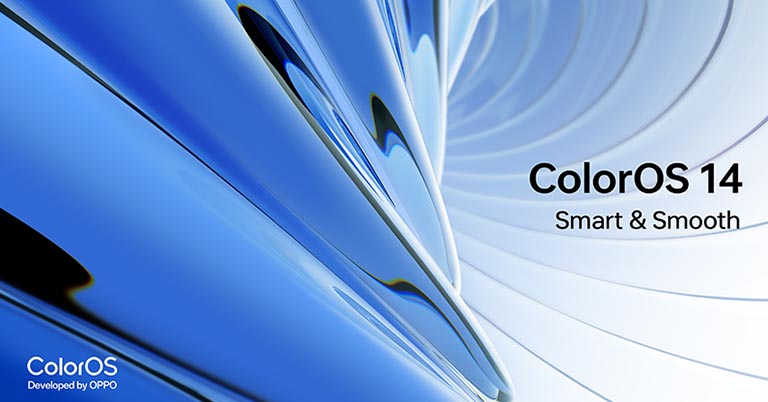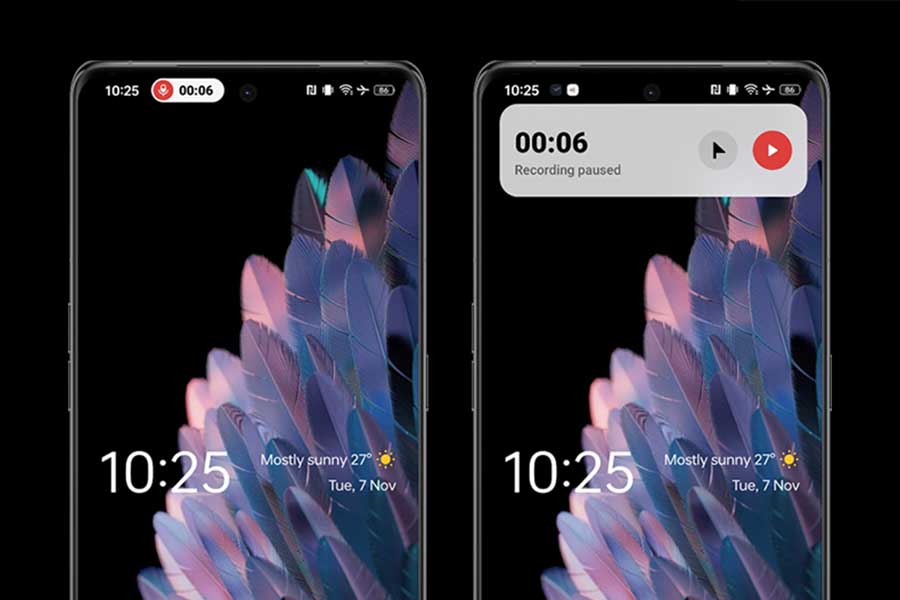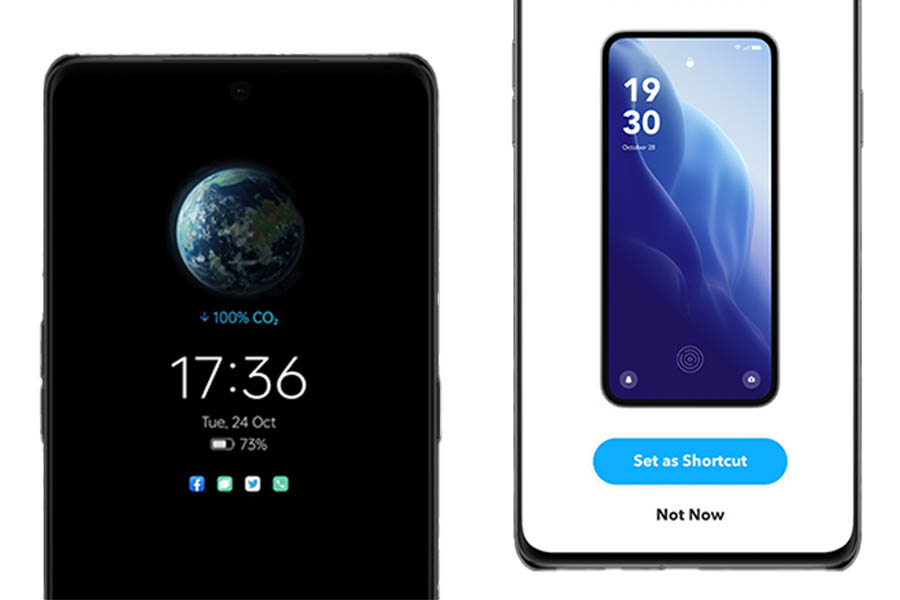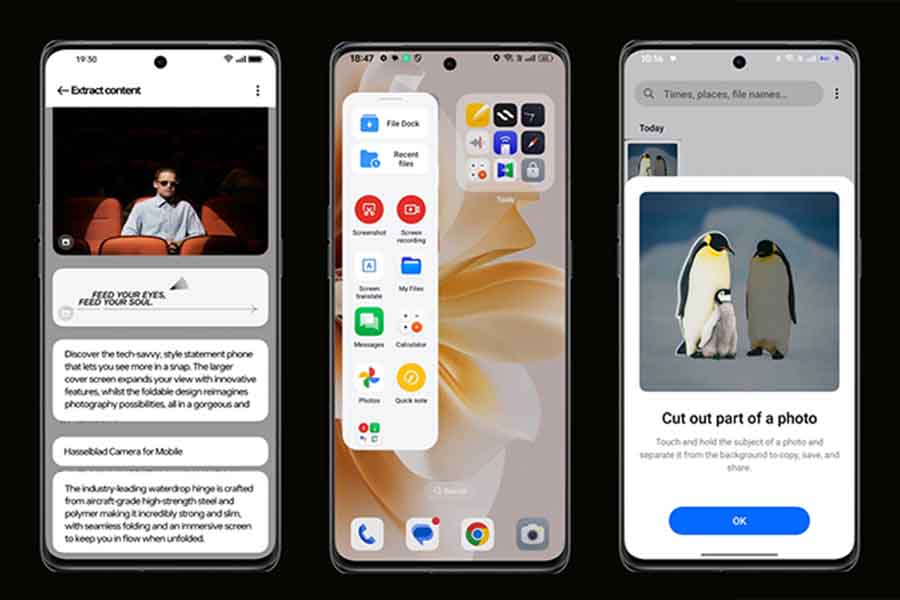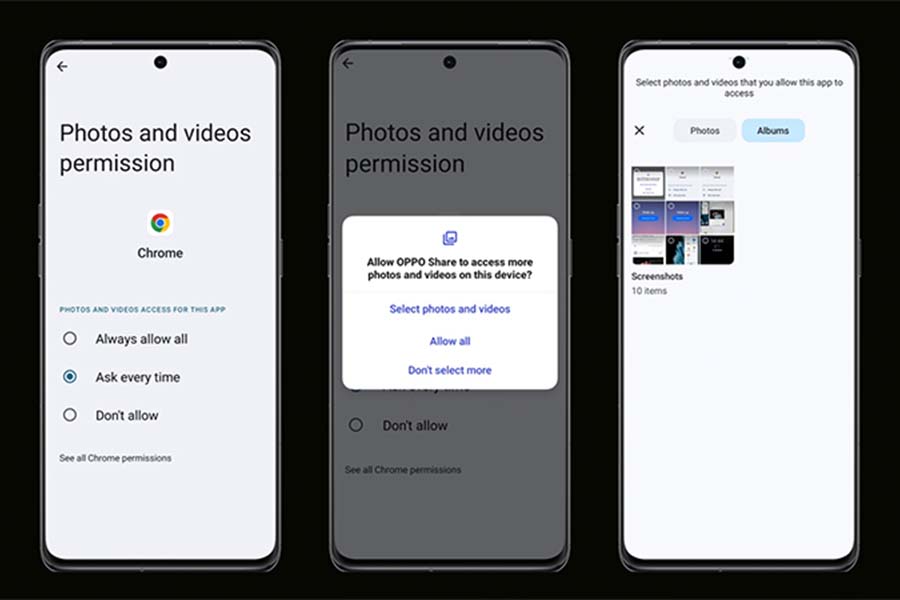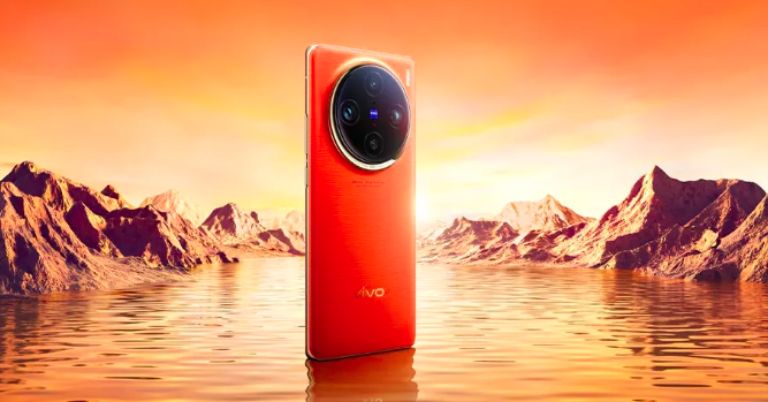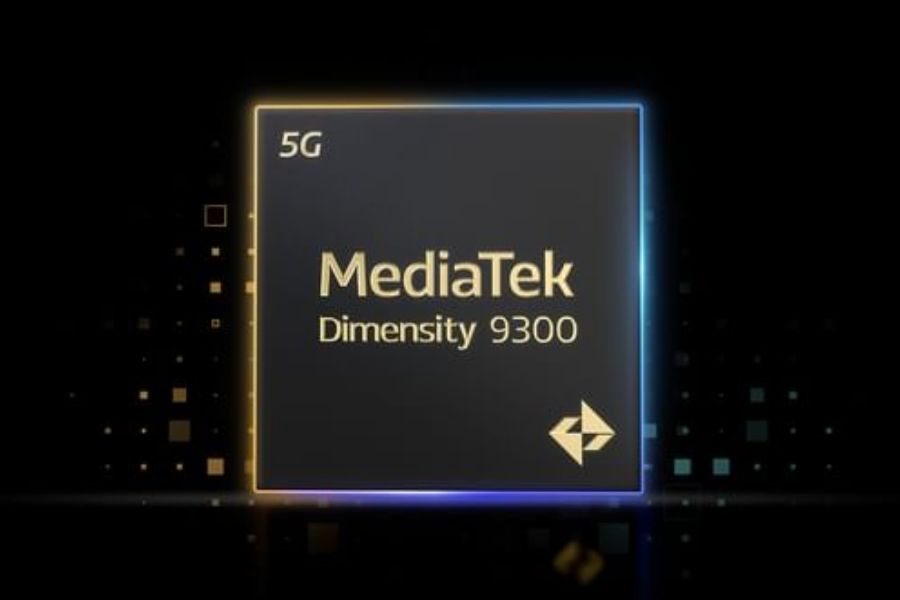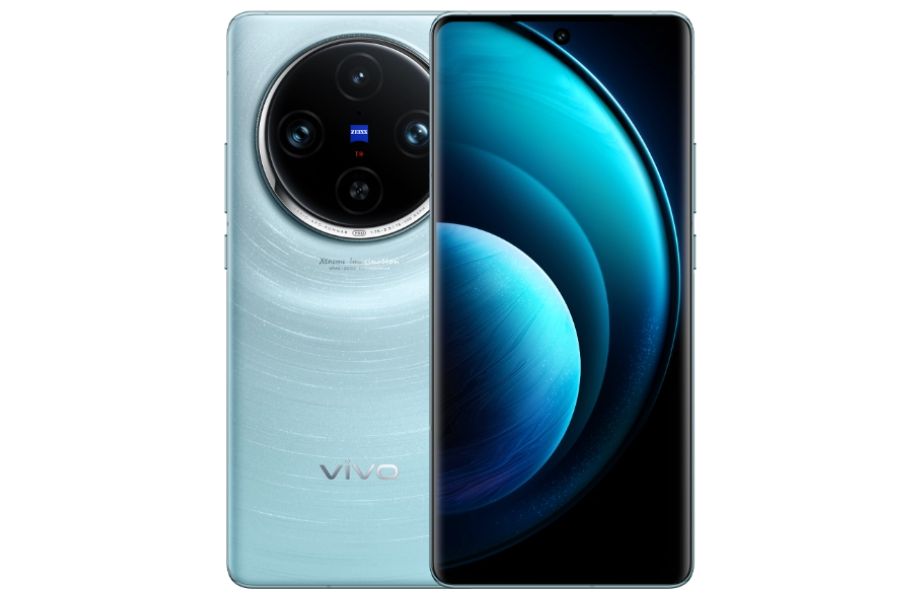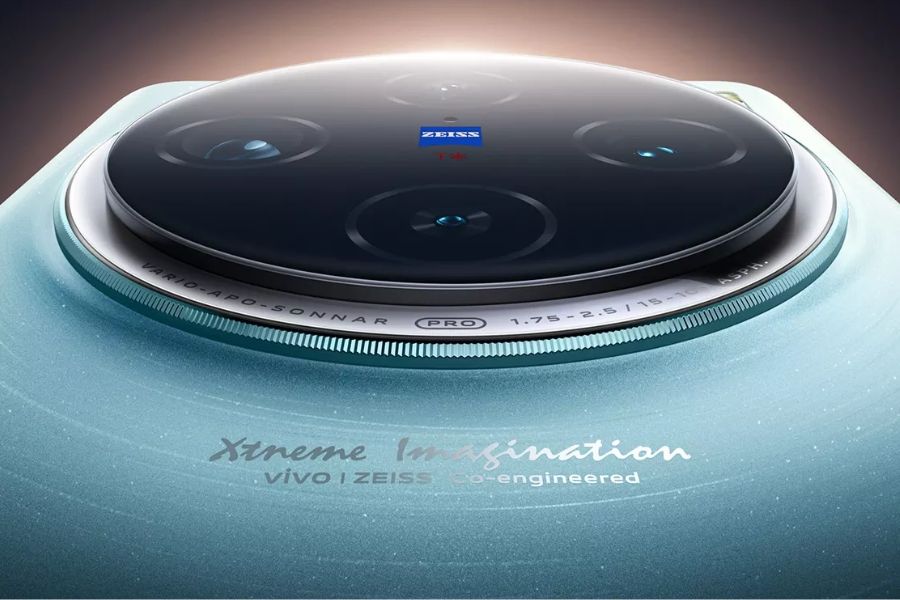Since 2008, Qi has become the standard for wireless charging. So much so that almost all smartphone, tablet, and other electronic device manufacturers have been using it. And finally, Qi2 was announced at the beginning of 2023 and is now set to debut near the end of the year. So, what will the long wait for Qi2 wireless charging bring to the table?
First, what is Qi?
Qi (pronounced “chee”) is an open-interface standard developed by the Wireless Power Consortium (WPC) for sending power wirelessly. Without needing to insert any sort of wire, the Qi charging pad utilizes the properties of electromagnetic induction to deliver power to your device. Even Apple built on top of this standard for their MagSafe.
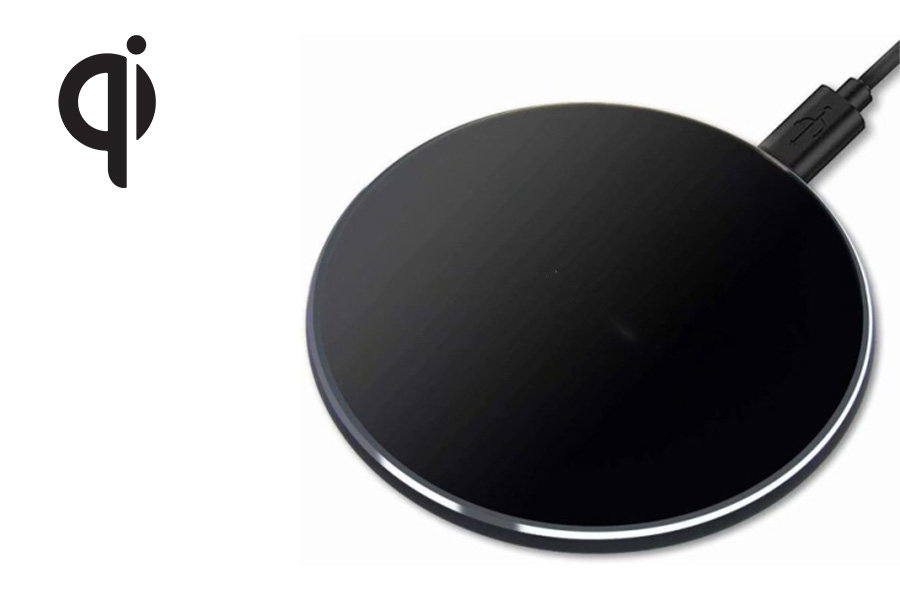
- Also, read
- Apple’s next-gen iMac with M3 chip arriving later this year
- Samsung’s new 25W GaN charger is a lot more power-efficient
- Redmi Note 13R Pro might bring a 108MP sensor
Qi2 Wireless Charging Overview:
Profiles
There are two profiles in this new version of the Qi standard.
Magnetic Power Profile (MPP)
This profile from Qi2 is similar to MagSafe, as Apple contributed to its development. With this, the chargers can maintain a 15W charging speed for all supported devices and can magnetically align with the device. You might think that even the current Qi-certified chargers can reach 15W. What’s so new about Qi2? And the answer is that the Qi wireless charging standard is inconsistent across devices.
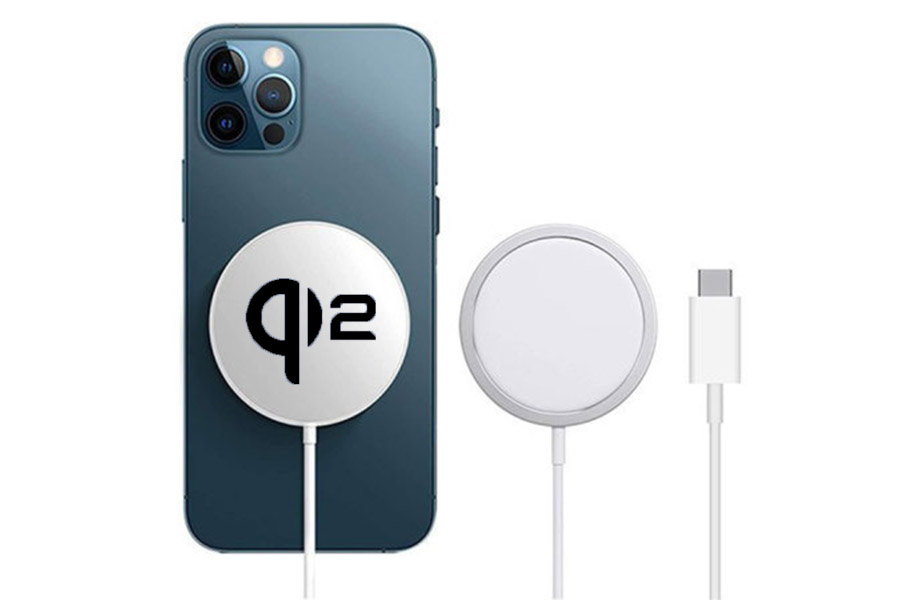
For context, Android phones could reach a maximum of 15W charging with the present Qi pads. However, the average speed would sit right around 10W. Additionally, iPhones can get only 7.5W charging speed with these chargers if they are not MagSafe (in that case, they would go 15W). Moreover, the Android phones would charge at 5W or less using a MagSafe. Yikes! It’s messy.
Extended Power Profile
The second profile is an improved version of the existing EPP (Extended Power Profile) which discards magnets but complies with the v2.0 standard. That being said, Qi v2.0 EPP products will have the same old Qi logo instead of the Qi2 one.
One thing to note here is that the Qi2 compatible devices without a magnet can still charge with a wireless magnetic charger.
Qi2 Wireless Charging Availability:
As per WPC, the iPhone 15 will be one of the first smartphones to meet Qi2 standards. Also, companies like Belkin, Mophie, Anker, and Aircharge are already testing their Qi2 chargers for future releases. The first device is scheduled for the holiday season (late November to the end of December).
Meanwhile, check out our review of the Realme GT 3 with 240W fast charging:


